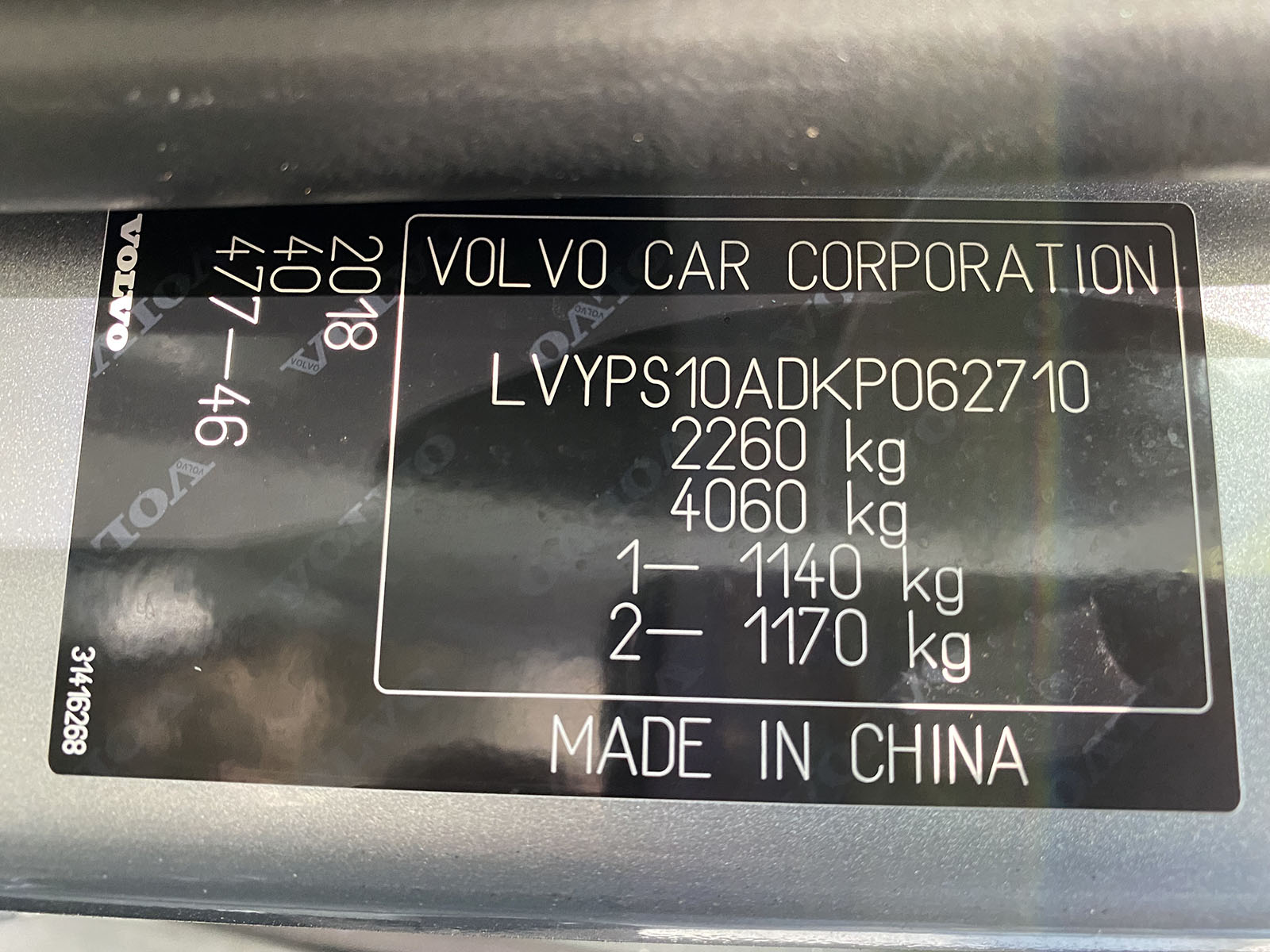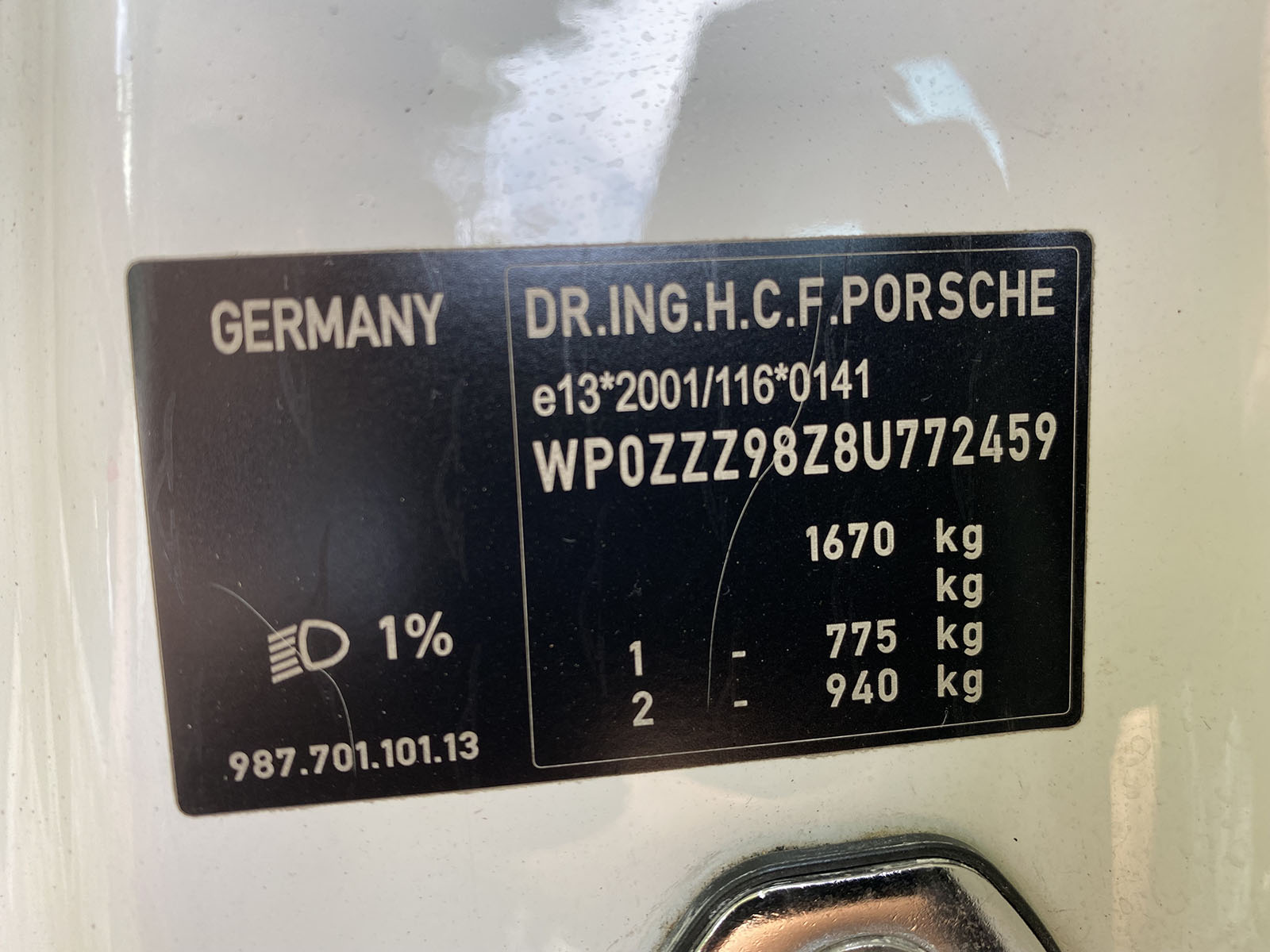All About Wheel Load Rating
Major car manufacturers spend millions and billions on the research and development of a vehicle before a particular model is launched for commercial sale. One of the key components of a vehicle is the wheels, which are extremely critical in ensuring STABILITY, SAFETY, and FUNCTIONALITY of the vehicle.
Have you ever wondered if the AFTERMARKET WHEEL you are putting on your high-performance vehicle or family car is SAFE? Chances are that the answer is NO. There are A LOT OF FOLKS out there, SELLING, BUYING, BUILDING, RACING, or even MODIFYING vehicles out there who HAVE NOT EVEN HEARD ABOUT THIS BEFORE.
When you and/or your family take off on a holiday road trip, engage in spirited driving on the streets with your car buddies, travelling across the country, entering a club race, or even just taking a road trip to a different state, are you confident your wheels WILL NOT FAIL? Here are a few things you should know.
There ARE NO government standards or regulations that require a wheel manufacturer or importer to meet in order to sell a wheel in many countries in this industry. (EXCEPT FOR GERMANY AND JAPAN) There are several marking and dimensional requirements that are required by the DOT (Dept. Of Transportation), but NO PERFORMANCE or TESTING are REQUIRED.
The standards for performance and testing are VOLUNTARY and up to the DISCRETION & INTEGRITY of the manufacturer or importer. There are several specifications that are considered recommended practice, available from such organizations as SAE (Society of Automotive Engineers), TUV (the German regulatory agency), ISO (International Standards Organization), and JWL (Japan Light Alloy Wheel Testing Council Rules).
One of the MOST IMPORTANT & CRITICAL safety component of a wheel is the WHEEL LOAD RATING which is the maximum weight load the wheel is designed to carry.
All stock/original wheels that exit from the production factory are designed and manufactured to meet the weight load specification of the particular vehicle for SAFETY PURPOSE.
All car manufacturers have a STICKER TAG WEIGHT LOAD DECLARATION which can be found commonly on the chassis of the vehicle, either on the driver’s side or on the strut tower area in the engine bay. (Photos Attached)



As seen from the photo taken from this Porsche Cayman, the 1. 775 KG represents the FRONT AXLE, which is stated a maximum weight load of 775 KG. the 2. 940 KG represents the REAR AXLE, which is stated a maximum weight load of 940 KG. (This particular model has the engine mounted on the REAR AXLE, as such, the weight load on the REAR AXLE MUST BE of a higher rating comparing to the FRONT AXLE.)
The wheel load is determined by taking 50% of the heaviest axle rating of the vehicle (GAWR – gross axle weight rating). Example; for this Porsche, the heaviest axle weight rating (REAR) is 940 KG then the MINIMUM wheel load requirement would be 470 KG EACH for the rear.
For the front, the heaviest axle weight rating is 775 KG, so the MINIMUM wheel load requirement for the front would be 387.5 KG EACH.
In summary, unless your Vehicle is a Show Queen or you only drive it to local supermarkets a few times a year, you NEED TO MAKE SURE your wheels are SAFE. There are a lot of folks out there selling JUST FOR PROFITS and not bothering about the SAFETY STANDARDS.
At Dwarf Racing®, we make sure every wheel is well designed and crafted to EXCEED the minimum standards set for the vehicle.
